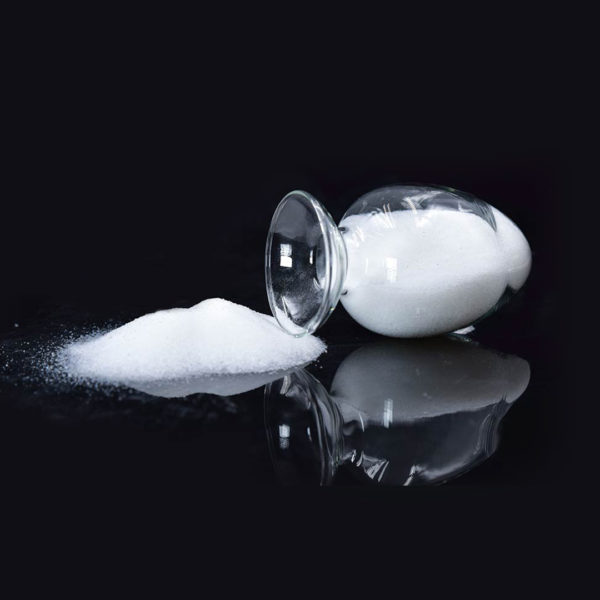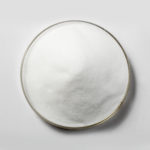Flash Chromatography
Flash Chromatography” is a rapid form of preparative column chromatography – Preparative LC based upon “an air pressure driven hybrid of medium and short column chromatography optimized for rapid separation. Flash chromatography is a process in which a vertical glass (column) is placed, and that column is packed with the solid stationary phase from which the mobile phase (liquid form) is passed through it by gravity or some external pressure.
After passing through column the separated sample eluents are monitored by the detector after every individual fraction which is collected. The molecules which are of low polarity proportionally spent more time in mobile phase as compare to the molecules who are highly polar retains for longer time. The eluents which are eluted are in order of increasing polarity.
Flash chromatography has become a popular method of normal phase separation through purification. While flash chromatography is typically a low-pressure technique, scientists are using vacuums or pumps at medium pressures to speed up the separation process. The columns are packed with a silica adsorbent of defined particle size usually between 30–60 µm, although other packing’s with other particle sizes are also used. Mobile phases with low viscosity require smaller particle sizes. Column chromatography is a purification technique to separate or isolate the desired compound from the mixture.
There are some areas where Gravity column chromatography is also called as a Flash column chromatography. This term is coined by Professor W.Clark.
Applications
- There are many varied applications of flash chromatography including drug discovery, sample clean-up, natural product purification and many more.
- There is a direct relationship for normal phase flash chromatography with TLC and often the techniques are used together prior to and post flash separations.
- Organic compounds synthesis
- R&D in Pharma Laboratories
- DNA purification
- Molecular biology studies
- Herbals & phytochemicals separation
- Personal care products
- Dietary supplements
- Contracted development & mfg. organization
- Purification of marine bacteria
- Potential bioactive nitrogen containing molecules
- Biomarkers
- Purification of peptides from Bacillus Strains
- All alkaloids purification
- Bioactive natural products
- Purification of the pigments from plant leaves
- In Lipids separation.
- Technical Parameter
- Applications
- MSDS
| Chromatography | Flash Chromatography |
| Grade | Laboratory Grade |
| Particle Size | 200-400 (74-37μm) & 230-400 Mesh (63-37μm) |
| Boiling Point | 2230 °C |
| Melting Point | >1600 °C |
| Bulk Density KG/LIT | 400-650 |
| Ph 10% aq solution | 7 +/- 0.5 |
| Chloride(NaCl) | Max 275ppm |
| Pore Diameter –A | 55-60A |
| Surface Area m2/gm | 450-650 |
| Moisture Content % | <5.00 |
- Organic compounds synthesis
- R&D in Pharma Laboratories
- DNA purification
- Molecular biology studies
- Herbals & phytochemicals separation
- Personal care products
- Dietary supplements
- Contracted development & mfg. organization
- Purification of marine bacteria
- Potential bioactive nitrogen containing molecules
- Biomarkers
- Purification of peptides from Bacillus Strains
- All alkaloids purification
- Bioactive natural products
Enter your email to receive the MSDS




